-
 Bitcoin
Bitcoin $118400
0.47% -
 Ethereum
Ethereum $3836
2.20% -
 XRP
XRP $3.157
2.98% -
 Tether USDt
Tether USDt $0.9999
-0.03% -
 BNB
BNB $801.5
1.31% -
 Solana
Solana $180.9
2.07% -
 USDC
USDC $0.9999
-0.02% -
 Dogecoin
Dogecoin $0.2225
2.50% -
 TRON
TRON $0.3285
-1.02% -
 Cardano
Cardano $0.7789
2.60% -
 Hyperliquid
Hyperliquid $43.60
2.39% -
 Sui
Sui $3.892
4.41% -
 Stellar
Stellar $0.4229
3.34% -
 Chainlink
Chainlink $18.01
3.98% -
 Hedera
Hedera $0.2745
6.77% -
 Bitcoin Cash
Bitcoin Cash $582.3
3.38% -
 Avalanche
Avalanche $23.77
1.04% -
 Ethena USDe
Ethena USDe $1.001
0.01% -
 Toncoin
Toncoin $3.493
3.59% -
 Litecoin
Litecoin $110.0
2.48% -
 UNUS SED LEO
UNUS SED LEO $8.936
-0.37% -
 Shiba Inu
Shiba Inu $0.00001304
2.49% -
 Uniswap
Uniswap $9.999
1.09% -
 Polkadot
Polkadot $3.897
3.26% -
 Monero
Monero $308.6
-0.83% -
 Dai
Dai $0.9999
-0.01% -
 Bitget Token
Bitget Token $4.504
-0.04% -
 Pepe
Pepe $0.00001154
2.95% -
 Cronos
Cronos $0.1471
3.06% -
 Ethena
Ethena $0.6691
19.53%
What does it mean that the KDJ fast line breaks through the upper track of the descending channel?
When the KDJ %K line breaks above a descending channel's upper boundary, it signals potential bullish momentum shift—watch for volume and price confirmation.
Jul 30, 2025 at 06:08 am
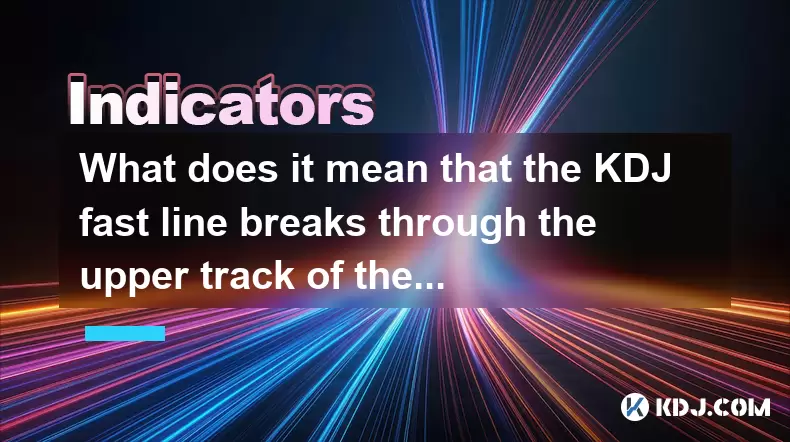
Understanding the KDJ Indicator in Cryptocurrency Trading
The KDJ indicator is a momentum oscillator widely used in cryptocurrency trading to identify potential overbought or oversold conditions. It consists of three lines: the %K (fast line), %D (slow line), and %J (divergence line). The %K line reflects the current price relative to the price range over a specified period, usually 9 candles. The %D line is a moving average of %K, smoothing out fluctuations. The %J line is derived from a formula involving both %K and %D and tends to be more volatile. Traders rely on crossovers and divergences between these lines to spot entry and exit points. In the context of channel analysis, the behavior of the %K line—especially when it interacts with trend channels—can signal meaningful shifts in market sentiment.
Defining the Descending Channel in Technical Analysis
A descending channel is formed by drawing two parallel trendlines: one connecting the lower highs (resistance), and another parallel line below, connecting the lower lows (support). This pattern reflects a consistent downtrend where price action is confined between these boundaries. In the cryptocurrency market, such channels often appear during bearish phases, indicating persistent selling pressure. The upper boundary of the descending channel acts as a dynamic resistance level. When the price or an indicator like the KDJ fast line (%K) approaches or touches this upper boundary, it typically signals a test of resistance. A breakthrough of the upper track by the %K line suggests that upward momentum may be building, even if the price itself hasn’t yet broken out.
Interpreting the KDJ Fast Line Breaking the Upper Track
When the KDJ fast line (%K) breaks above the upper boundary of a descending channel, it indicates that momentum is shifting from bearish to bullish within the context of the oscillator. This event is significant because the KDJ operates within a bounded range (0 to 100), and its movement reflects changes in price velocity. A breakout of the upper track suggests that the rate of price change is accelerating upward, potentially preceding a price breakout. It may occur even when the actual price remains within the descending channel, serving as an early warning of weakening downtrend strength. Traders interpret this as a potential bullish divergence, especially if the price is making lower lows while the KDJ %K line breaks upward, signaling that selling pressure is diminishing.
How to Confirm the Signal: Volume and Price Action
A standalone KDJ signal is not sufficient for making trading decisions. Confirmation from volume and price action is essential.
- Monitor trading volume during the breakout: a surge in volume when the %K line crosses the upper track increases the reliability of the signal.
- Observe whether the price begins to approach or test the upper boundary of the descending channel shortly after the KDJ breakout.
- Check if the %D line follows the %K line upward, confirming sustained momentum.
- Look for candlestick patterns such as bullish engulfing or hammer formations near support levels.
- Ensure that no major resistance zones from higher timeframes conflict with the potential breakout area.
These factors help distinguish a genuine momentum shift from a false signal, which is common in volatile crypto markets.Step-by-Step Guide to Identifying and Acting on This Signal
To effectively use this KDJ breakout signal, follow these steps: - Open a candlestick chart on a trading platform like TradingView or Binance, selecting a cryptocurrency pair such as BTC/USDT.
- Apply the KDJ indicator through the platform’s indicator library, ensuring the default settings (9,3,3) are used unless customized.
- Draw a descending channel manually by identifying at least two significant swing highs and connecting them with a trendline, then drawing a parallel line through the swing lows.
- Watch for the %K line (usually the blue or fastest-moving line) to approach and then cross above the upper boundary of the channel.
- Pause and wait for confirmation candles—the next 1–3 candles should show strong bullish closes.
- Check the Relative Strength Index (RSI) to ensure it’s not already in overbought territory (above 70), which could limit upside.
- Set a buy order slightly above the breakout candle’s high, with a stop-loss just below the recent swing low inside the channel.
- Adjust position size based on volatility, using tools like Average True Range (ATR) to determine appropriate risk exposure.
Common Misinterpretations and Risk Management
Traders often mistake a temporary spike in the %K line for a confirmed breakout. The KDJ is sensitive to short-term price swings, especially in cryptocurrencies known for high volatility. A false breakout can occur when the %K line briefly exceeds the upper track but quickly reverses, pulling back into the channel. To mitigate this risk: - Avoid entering trades immediately upon the first touch of the upper boundary.
- Require the %K line to remain above the upper track for at least two consecutive candle periods.
- Use multiple timeframes—check the 4-hour or daily chart to see if the broader trend supports a reversal.
- Never risk more than 1–2% of trading capital on a single KDJ-based setup.
- Consider hedging strategies or using options if available on the platform.
These precautions help maintain discipline in uncertain market conditions.Frequently Asked Questions
What is the difference between the KDJ fast line breaking the upper track and a price breakout?
The KDJ fast line breakout reflects momentum change in the oscillator, often occurring before the actual price breaks the descending channel. A price breakout happens when the candlestick closes above the upper trendline. The KDJ signal can act as a leading indicator, giving early notice of potential price movement.Can this signal occur in sideways markets?
Yes, but it’s less reliable. In ranging markets, the KDJ frequently crosses upper and lower bounds due to lack of trend. The signal gains significance only when it occurs within a clear descending channel and is supported by volume and trend structure.Does the time frame affect the validity of this signal?
Absolutely. On lower timeframes (e.g., 5-minute or 15-minute), the KDJ generates more frequent but less reliable signals due to noise. On higher timeframes (1-hour or above), a breakout of the upper track carries more weight and aligns with stronger institutional activity.How do I adjust KDJ settings for different cryptocurrencies?
While the default (9,3,3) works for most cases, highly volatile altcoins may benefit from smoothing—try (14,3,3) to reduce false signals. Backtest adjustments on historical data to evaluate performance before live trading.
Disclaimer:info@kdj.com
The information provided is not trading advice. kdj.com does not assume any responsibility for any investments made based on the information provided in this article. Cryptocurrencies are highly volatile and it is highly recommended that you invest with caution after thorough research!
If you believe that the content used on this website infringes your copyright, please contact us immediately (info@kdj.com) and we will delete it promptly.
- Ozak AI: Can This Underdog Crypto Achieve a Bull Run to $1?
- 2025-07-31 22:30:12
- Coinbase Breach: Navigating Insider Risk and Bolstering Security
- 2025-07-31 23:11:55
- Bitcoin Rebounds, WeWake Presale Gains Traction: What's the Buzz?
- 2025-07-31 22:30:12
- Bitcoin, Altcoins, and Volume Watchlists: Decoding the Crypto Landscape
- 2025-07-31 23:11:55
- Tron, Fartcoin, and BlockchainFX: What's Trending (and What's Not) in the Crypto World
- 2025-07-31 21:32:19
- Bitcoin, Corporate Investments, and Sustainability: A New Era or Fleeting Fad?
- 2025-07-31 20:50:14
Related knowledge

How can you use the MACD histogram to determine trend strength?
Jul 31,2025 at 11:10pm
Understanding the MACD Histogram and Its ComponentsThe MACD (Moving Average Convergence Divergence) histogram is a visual representation of the differ...
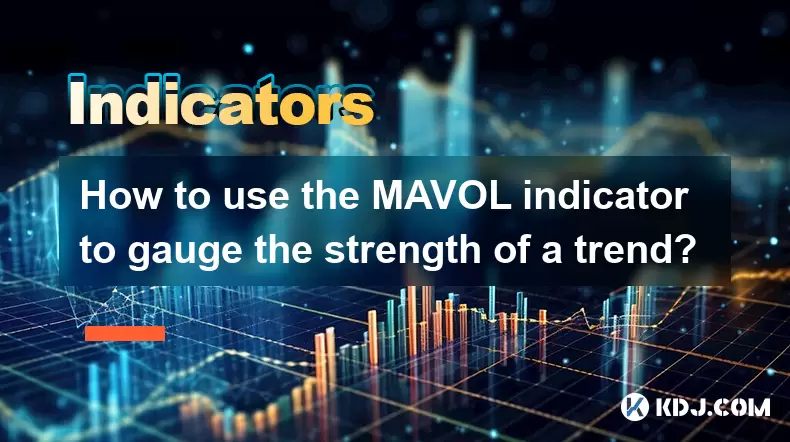
How to use the MAVOL indicator to gauge the strength of a trend?
Jul 31,2025 at 09:57pm
Understanding the MAVOL Indicator in Cryptocurrency TradingThe MAVOL indicator, short for Moving Average of Volume, is a technical analysis tool widel...
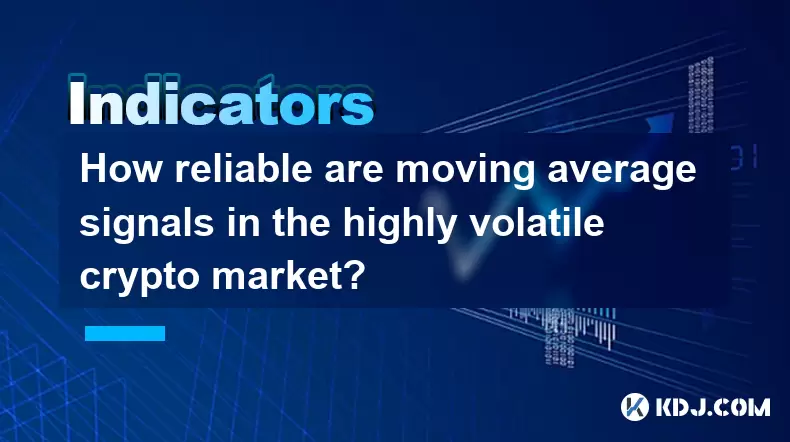
How reliable are moving average signals in the highly volatile crypto market?
Jul 31,2025 at 08:36pm
Understanding Moving Averages in Cryptocurrency TradingMoving averages (MAs) are among the most widely used technical indicators in the cryptocurrency...
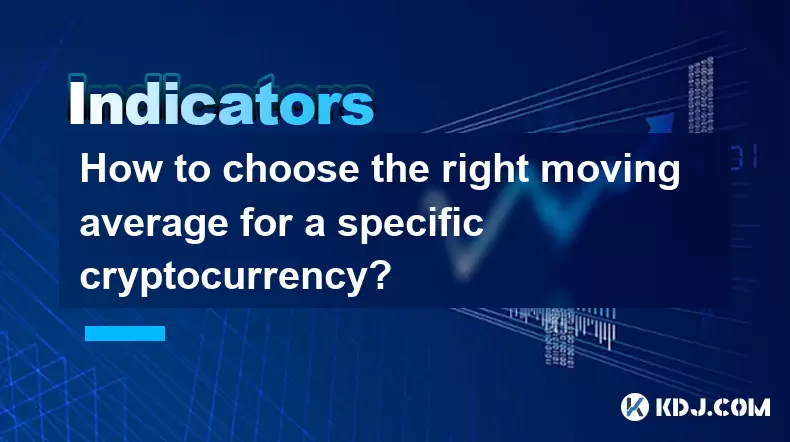
How to choose the right moving average for a specific cryptocurrency?
Jul 31,2025 at 10:29pm
Understanding the Role of Moving Averages in Cryptocurrency TradingMoving averages are foundational tools in technical analysis, widely used by crypto...
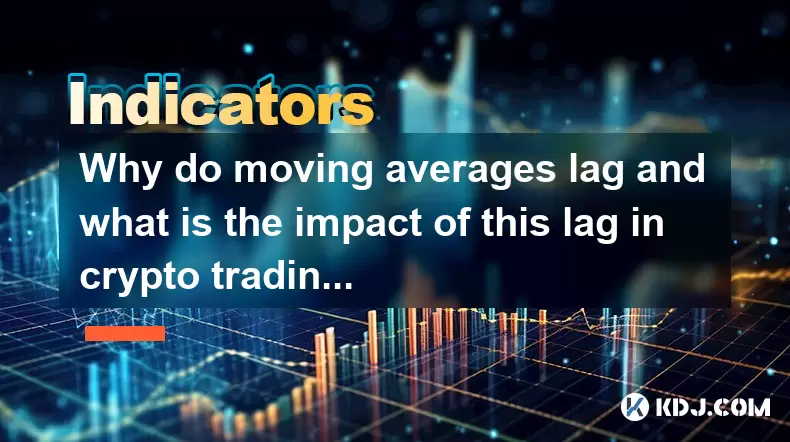
Why do moving averages lag and what is the impact of this lag in crypto trading?
Jul 31,2025 at 08:07pm
Understanding the Concept of Moving Averages in Crypto TradingMoving averages are among the most widely used technical indicators in cryptocurrency tr...
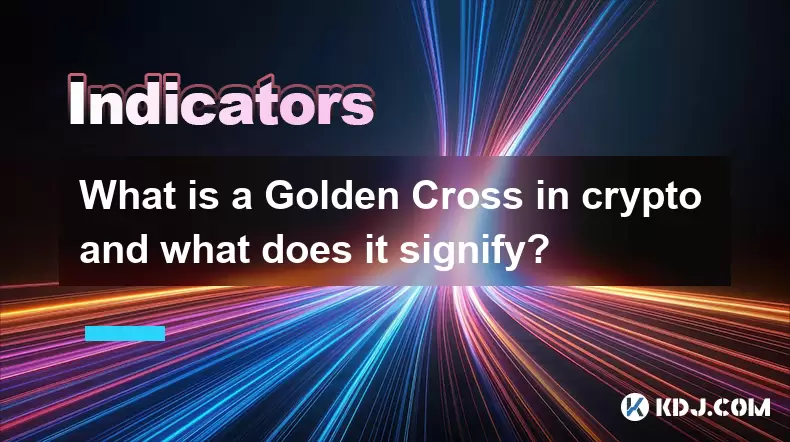
What is a Golden Cross in crypto and what does it signify?
Jul 31,2025 at 10:36pm
Understanding the Golden Cross in Cryptocurrency MarketsThe Golden Cross is a technical analysis pattern widely observed in cryptocurrency trading. It...

How can you use the MACD histogram to determine trend strength?
Jul 31,2025 at 11:10pm
Understanding the MACD Histogram and Its ComponentsThe MACD (Moving Average Convergence Divergence) histogram is a visual representation of the differ...

How to use the MAVOL indicator to gauge the strength of a trend?
Jul 31,2025 at 09:57pm
Understanding the MAVOL Indicator in Cryptocurrency TradingThe MAVOL indicator, short for Moving Average of Volume, is a technical analysis tool widel...

How reliable are moving average signals in the highly volatile crypto market?
Jul 31,2025 at 08:36pm
Understanding Moving Averages in Cryptocurrency TradingMoving averages (MAs) are among the most widely used technical indicators in the cryptocurrency...

How to choose the right moving average for a specific cryptocurrency?
Jul 31,2025 at 10:29pm
Understanding the Role of Moving Averages in Cryptocurrency TradingMoving averages are foundational tools in technical analysis, widely used by crypto...

Why do moving averages lag and what is the impact of this lag in crypto trading?
Jul 31,2025 at 08:07pm
Understanding the Concept of Moving Averages in Crypto TradingMoving averages are among the most widely used technical indicators in cryptocurrency tr...

What is a Golden Cross in crypto and what does it signify?
Jul 31,2025 at 10:36pm
Understanding the Golden Cross in Cryptocurrency MarketsThe Golden Cross is a technical analysis pattern widely observed in cryptocurrency trading. It...
See all articles

























































































